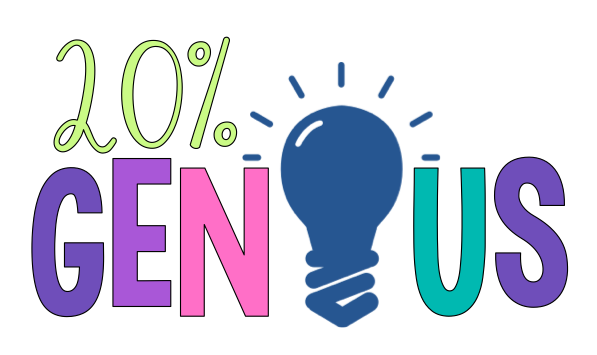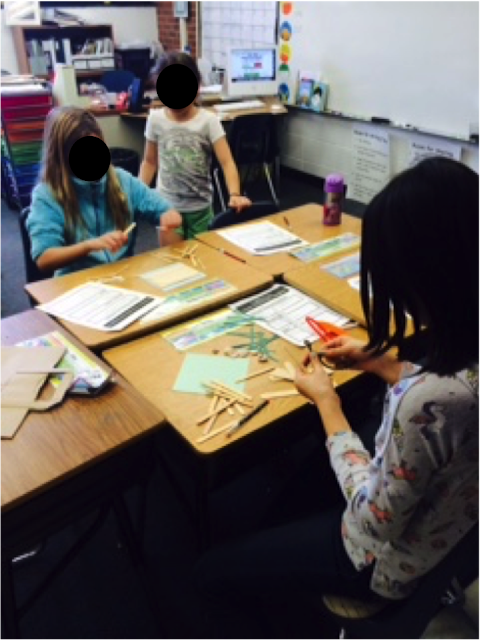In our Social Studies curriculum students learn about the different Native American Cultural Regions, but students had a hard time internalizing and understanding the big ideas. To help students empathize with Native Americans and better understand how Native Americans relied on resources and adapted to their environments, they really needed a hands-on experience.
Here's how it went!
We defined natural resources and I showed them a map of the United States. We discussed what we knew about the natural resources that can be found in these areas as well as possible environmental challenges.
I then revealed that we were going to be designing a house to withstand these environmental challenges using only natural resources available.
Cue the party music.
I split students into each Native American Cultural Region group and allowed them to read about what resources they would have available to them as well as which environmental challenges they would have to learn to adapt to.
I showed them the spread of goodies they would get to use:
Please note that some of the materials don't resemble the natural resource (ie. tape = soil). The reason is that Native Americans used soil as an adhesive. Also, if resources were "scarce," there was a limit to how much they could take, otherwise I did not limit them.
AND...Cue the frustrations.
"WHAT?! We don't even get SOIL?!"
"HEY! That group gets more resources than we do!!"
Keep calm and use this as a teachable moment.
Through this students will learn that based on where these Native Americans lived, they were limited to their surroundings. This helped them develop their culture. Plus, once students get to creating and problem-solving, they'll be all smiles.
After students have ample amount of time to build, let them test! You can either have students come up with appropriate ways to test environmental challenges, or you can have tests pre-made. I had all materials sitting out which made testing pretty self-explanatory.
After testing, provide students with time to share their designs with the class and reflect. Allow students to share feedback. An important part to the process is letting students actually make changes to their original design. Students should then go back and redesign then retest. I had students retest a different day.
This lesson was not only a blast to do and watch, but students really did get the big ideas. We went to the museum later that month to see the Native American exhibit, and the connections made.....well...






















 \
\